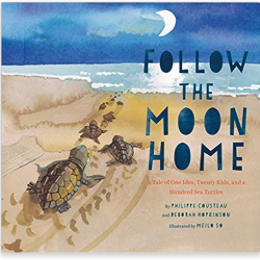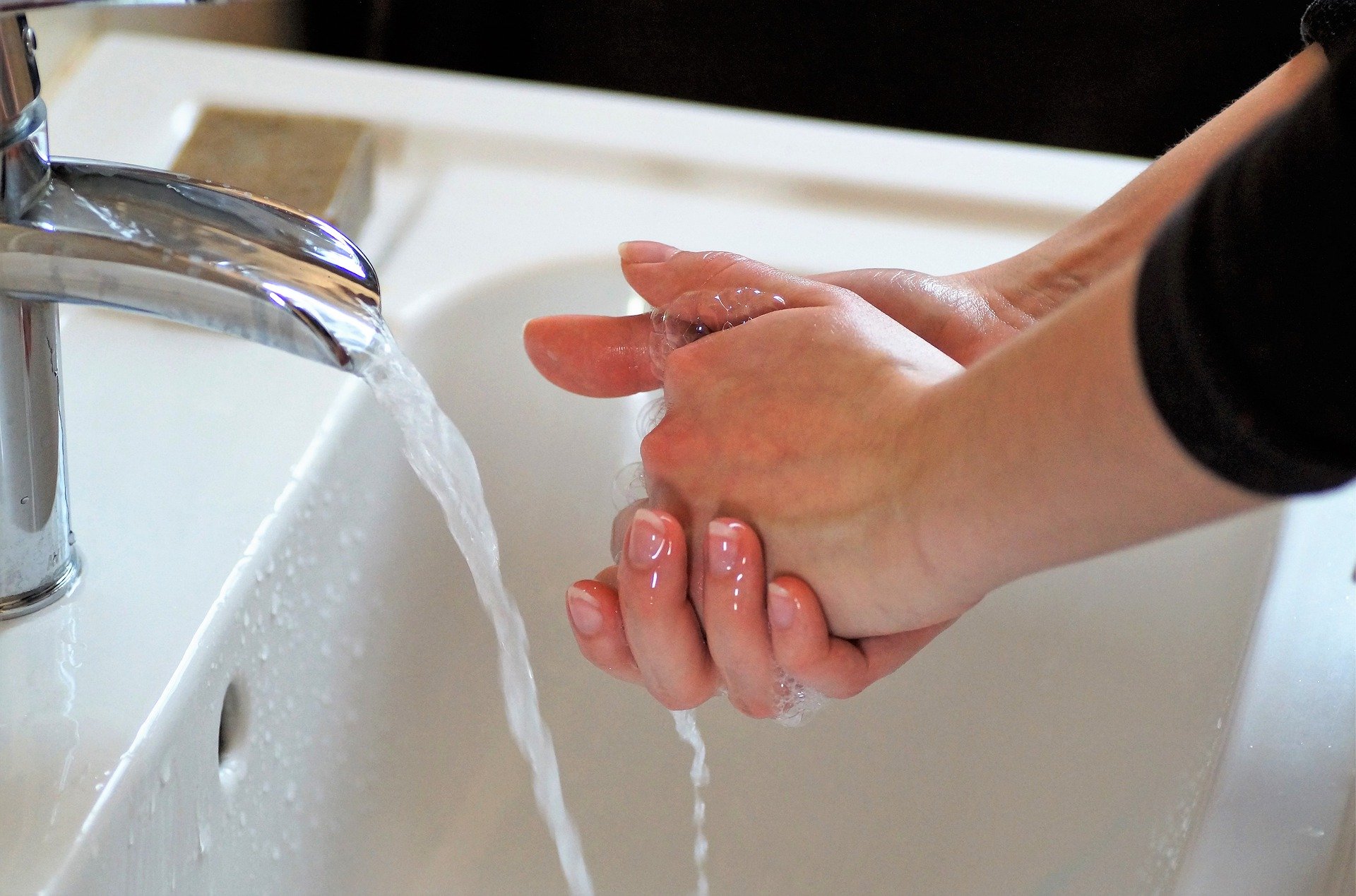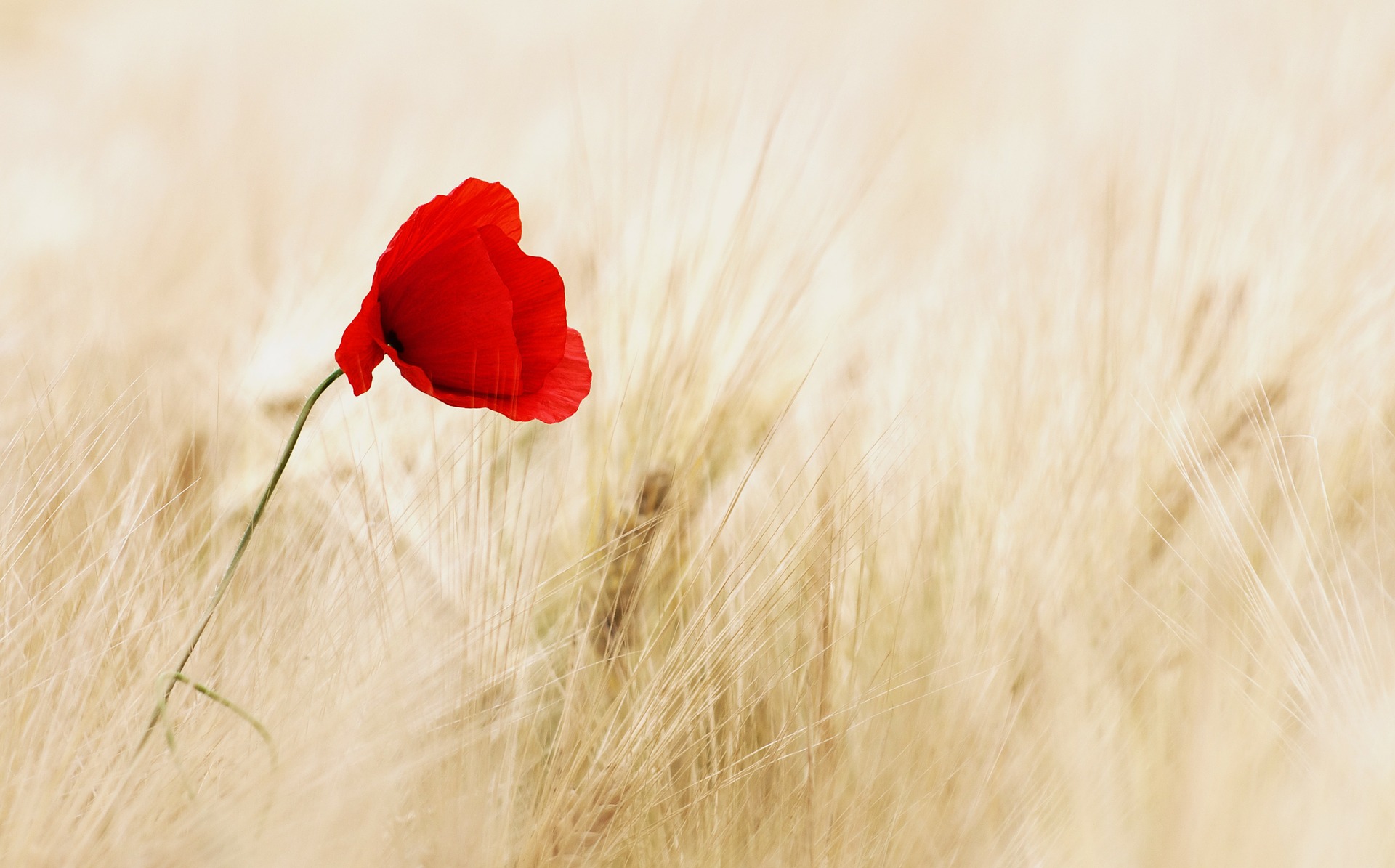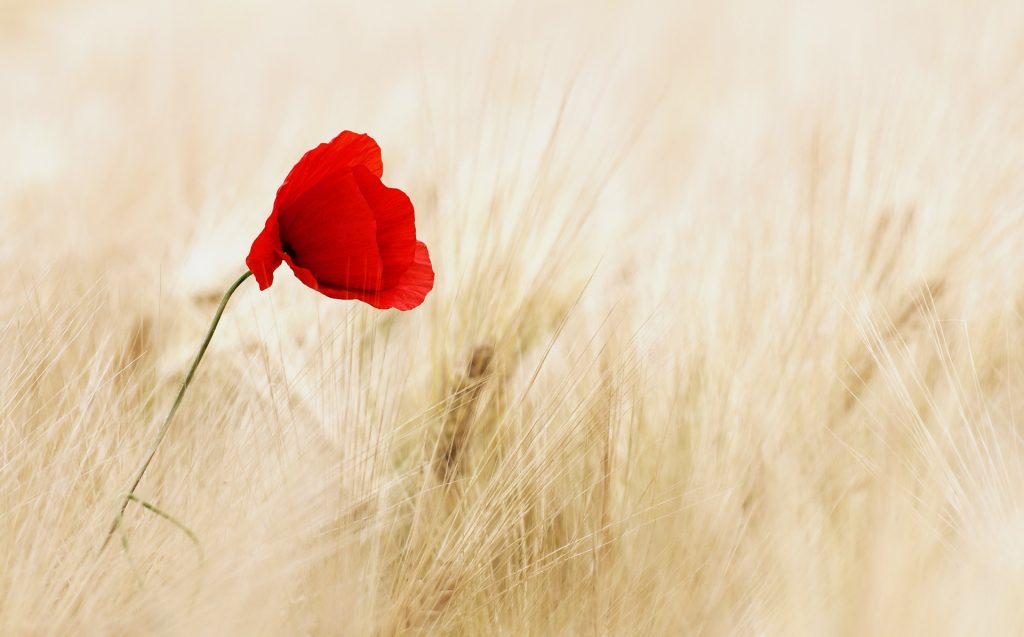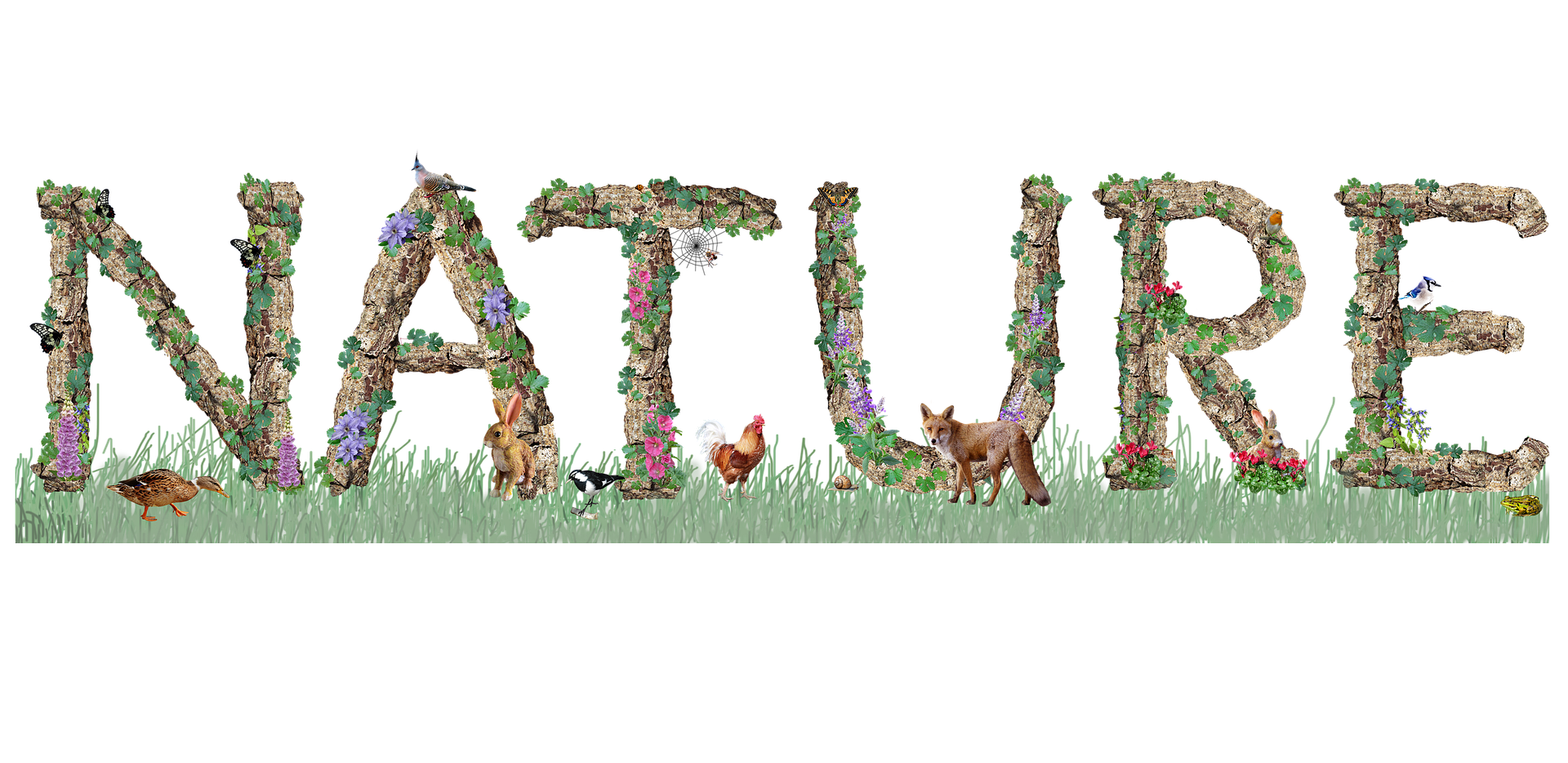Author: Laurie Myers
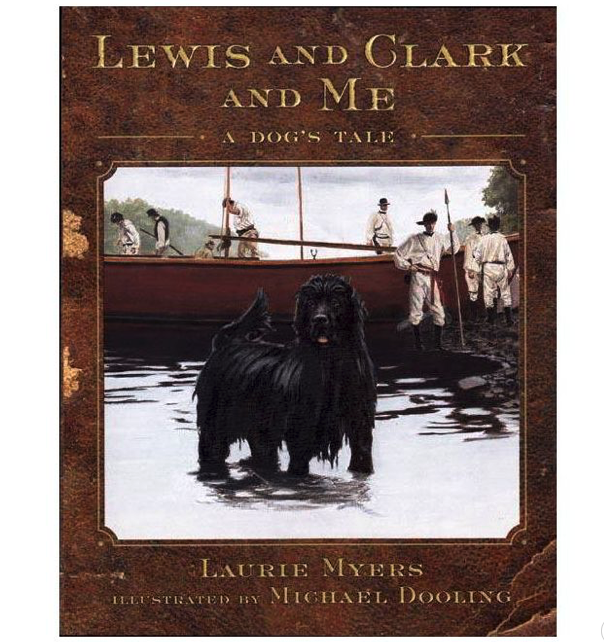
Think as you read:
Seaman is a Newfoundland dog. What traits make Seaman a good swimmer?
What new kinds of animals did Lewis and Clark and Seaman discover on their trip?
The Newfoundland dog breed has some special structures, like webbed feet. What function do these type of feet have for Seaman?
What are some other special structures and their functions that Seaman has?
Compare the structure of Seaman’s feet and tail to a beaver’s feet and tail. How are they the same and different?
Seaman used all his senses to observe his surroundings. Take a few minutes to sit outside and use all of your senses. Record what you observe. Draw a sketch of it, record a short video about it, or describe it in writing.
Would you like to share your thoughts about this book with other Smart Pegs? Choose a question above and add your answer to the comments section!
Like someone else’s ideas? You can reply to their comments, too!







